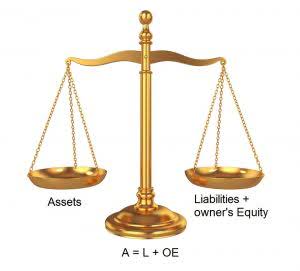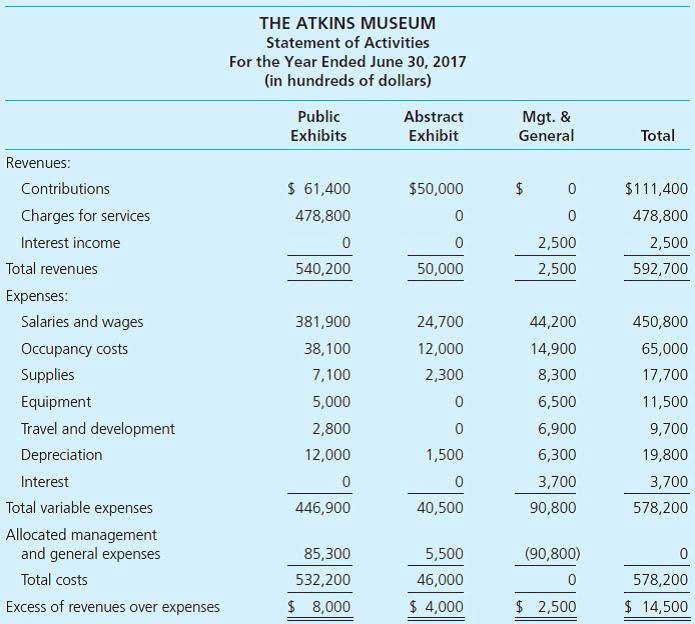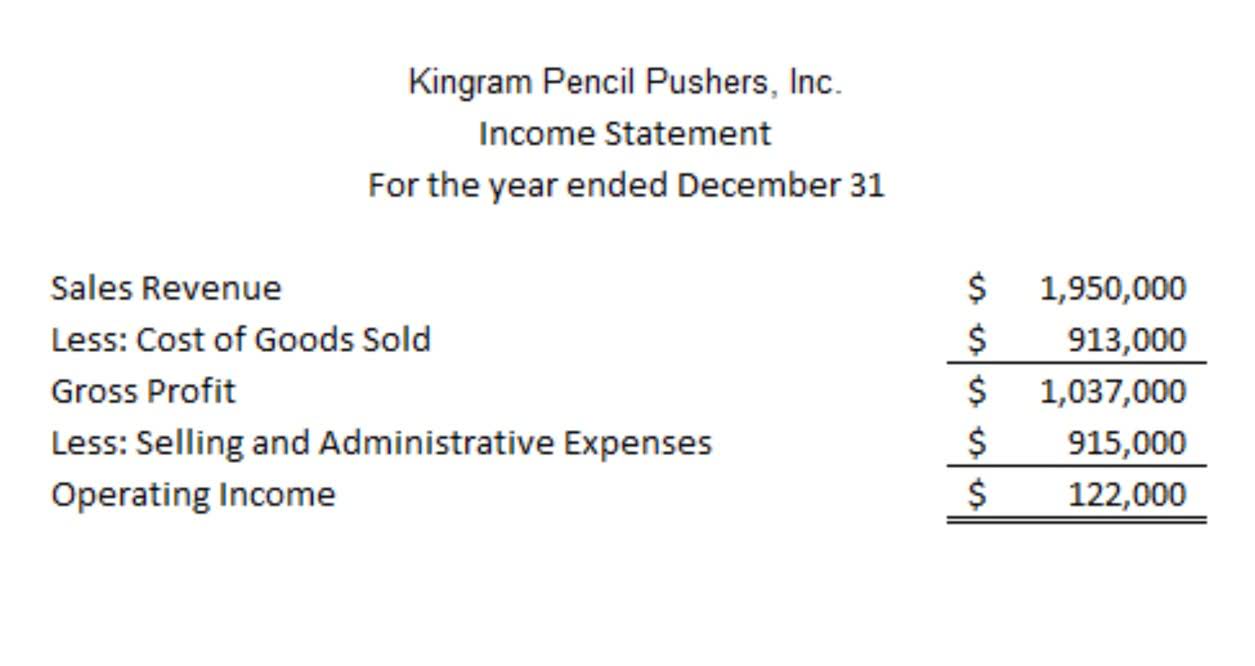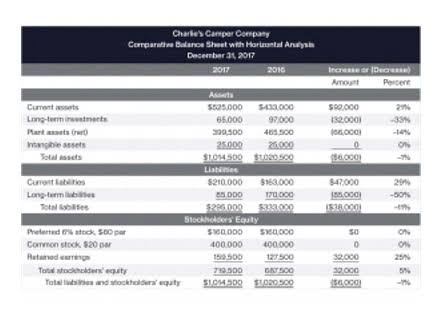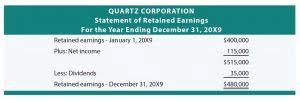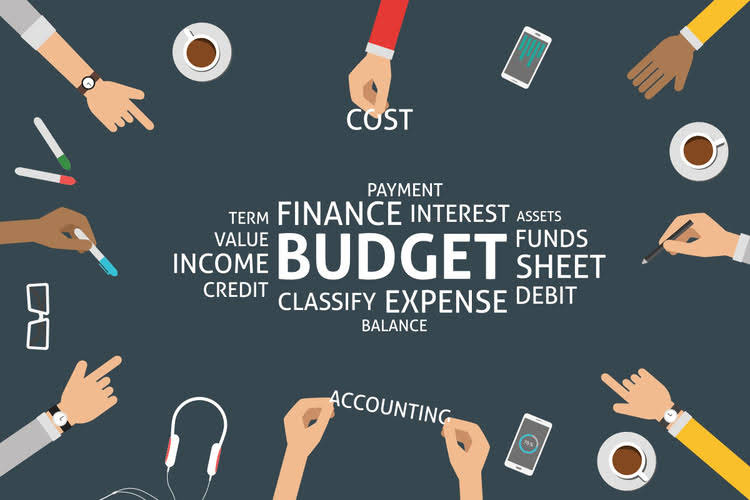Net terms do more than provide a payment option to your customers – they show your trust in their business. This trust-based approach creates a powerful ripple effect in your business relationships. Any successful business owner knows that consistent, polite communication between buyer and seller is key in a healthy B2B or B2C relationship. Establishing clear terms before a contract is signed is one of the easiest ways to improve customer payment, as misunderstandings about specific term details could jeopardize the partnership. For businesses that want to maintain working capital, balancing net payment terms with alternative payment options can be key to financial stability.
Continuously monitor your cash flow
Net 30 terms allow customers time to pay, but they can also delay income for businesses. If not managed properly, they can cause cash flow problems, making it harder to cover expenses while waiting for payments. Net 60 extends the payment period to 60 days from the invoice date. This term is typically used by larger businesses with established vendor relationships.
Therefore, they can extend it to Net 60 or even Net 90 if that is more convenient for them. We’ll go through each variation and see what they offer, benefits and disadvantages. Of course, this is more than offset by the benefits of having speedier cash cycles. Another way to protect yourself is to inform your new clients that you can only extend Net 30 to clients you have a history with. As opposed to credit cards, however, net 30 credit sales come interest-free.
If you’re running a startup or small business and selling a product, you may find that net 7 or net 15 terms are necessary to increase cash flow. However, for small businesses buying a product or service while operating on thin margins, these longer payment terms can be very beneficial as it provides extra time to come up with the cash. Plus, that late invoice usually isn’t just a one-off, as a staggering 49.7% of all invoices become past-due. Net payment terms tell customers how many days they have to pay after receiving an invoice. Instead of demanding payment upfront, businesses offer a grace period, making it easier for customers to buy now and pay later.
On every invoice issued, it has to be indicated very clearly as “net 30” or significantly “payment is due after 30 days” to remove ambiguities surrounding the 30 days net term. By adopting such straightforward measures, people understand their obligations in a better way and are more likely to pay on time. Invoices contain the date of sale, goods or services purchased, payment terms and conditions, etc.
Let’s walk through a Net 30 payment terms example to illustrate how it works in the real world. So, if you’re a smaller business with tighter margins and low contingency funds, Net 30 might not be the best payment option for you. Like all payment terms, there are some possible downsides to Net 30 for you to consider.
Discount Terms:
- These terms are often used interchangeably, so it’s always best to clarify the start date of the 30-day period on your invoice to avoid uncertainty.
- “Net 30” is a shorthand term used on invoices to indicate that a customer has 30 days to pay.
- Net 30 is a common payment term for businesses that sell to other businesses.
- In the U.K., the invoicing term “net 30, end of the month” is also common.
Navigating the business world can sometimes feel like a journey through an exotic land, where terms like “Net 30” sprout from every financial corner. But let’s break it down, step by step, to make this concept as friendly and approachable as your favorite cup of coffee. Clearly outline the ramifications of overdue payments, such as interest accrual or legal action. Transparent terms build trust and foster long-term partnerships with clients who appreciate your professionalism. Timely payments contribute to a healthier financial position, allowing you to meet obligations and weather unexpected challenges. Clear terms eliminate ambiguity and set expectations straight from the start, reducing the likelihood of misunderstandings or disputes.
Exploring Alternatives to Net 30 Payment Terms
Shorter payment terms, like Net 7 and Net 15, can be a good idea if you want to offer customers some flexibility while reducing potential issues with cash flow for yourself. Adding Net 30 terms is fairly straightforward, but it’s important to include all the relevant details clearly to avoid confusion over start dates and late payments. Net 30 offers your customers more flexibility than advanced payments and cash on delivery. It’s also less risky for your business than longer financing terms, such as Net 90.
Optional Details: Due Date and Additional Information
Clients that are big businesses often have long payment procedures. They might have to process invoices and get proper approvals, which is why they sometimes want a lot of time to pay your invoice. Many small businesses like the idea of offering net 30 terms but get caught up in the drawbacks or simply can’t afford to wait 30 days for an invoice to be paid. If you fall into this bracket, invoice factoring may be your ideal solution. With factoring, you can offer your customers virtually any net terms you wish and then sell net 30 invoice meaning your unpaid invoices to a factoring company at a discount.
Sage Business Cloud
You should consult your own professional advisors for advice directly relating to your business or before taking action in relation to any of the content provided. For the seller, there is a natural risk with the customer possibly refusing to pay. If that happens, the seller has to carry the costs of shipping the returned items. Payments are normally made in cash, money order, or other agreed upon payment method. If the client doesn’t have sufficient funds, it could lose the trust of the seller, who could then eliminate the net 30 terms completely. It is more important to have payment as soon as possible than to have the full payment.
Financial Strategies and Benefits for Large Corporations
- While it’s definitely a nice option to offer, it’s not a necessity.
- Our partners cannot pay us to guarantee favorable reviews of their products or services.
- In each case, the number refers to the number of days to pay the bill.
- In return, vendors might offer better service terms, priority processing, or even discounts.
- Your suppliers won’t like being paid late, just as you don’t like being paid late.
If payment is late, the supplier may charge fees or restrict future credit terms. Like we mentioned earlier, it’s pretty commonplace for large established businesses to request net 30 payment terms because it aligns with their cash flow and accounting cycles. Have payment options that make invoice payments as easy as possible. Include a link to one or more online payment services on your invoice. It’s a great way to potentially get paid faster, since the easier it is, the more likely clients will pay you straight away. You can offer early payment discounts if the customer pays the full amount early.
Therefore, net 30 could be beneficial/advantage for large businesses/companies but a disadvantage for small businesses. Access Xero features for 30 days, then decide which plan best suits your business. Furthermore, many foreign buyers are hesitant to buy goods before they are even able to see it and are more likely to choose better terms, such as COD. In actuality, this is more like a credit extension from the customer to the supplier, as the goods are not being shipped yet.
Bring these benefits to your small business by offering payment terms to your customers. You can use trade credit to purchase the materials and products you need without paying upfront. Instead, you’ll agree to payment terms, often net 30, 60, or 90.The advantage of trade credit is that you can make sales before paying for the necessary materials. This is a business-to-business agreement that works on payment terms, often net 30, 60, or 90. By implementing these best practices and variations, you can make net 30 terms work seamlessly for your business, catering to both your financial needs and those of your clients.





